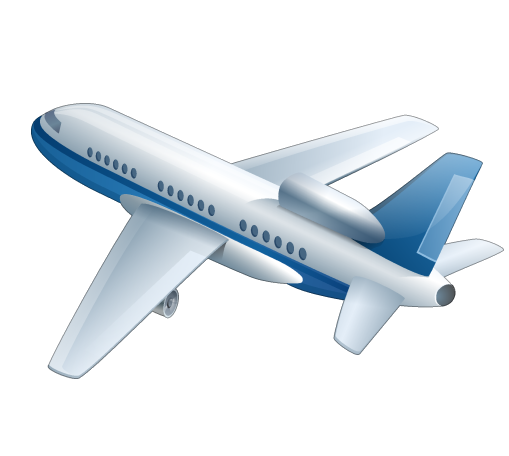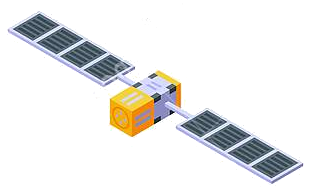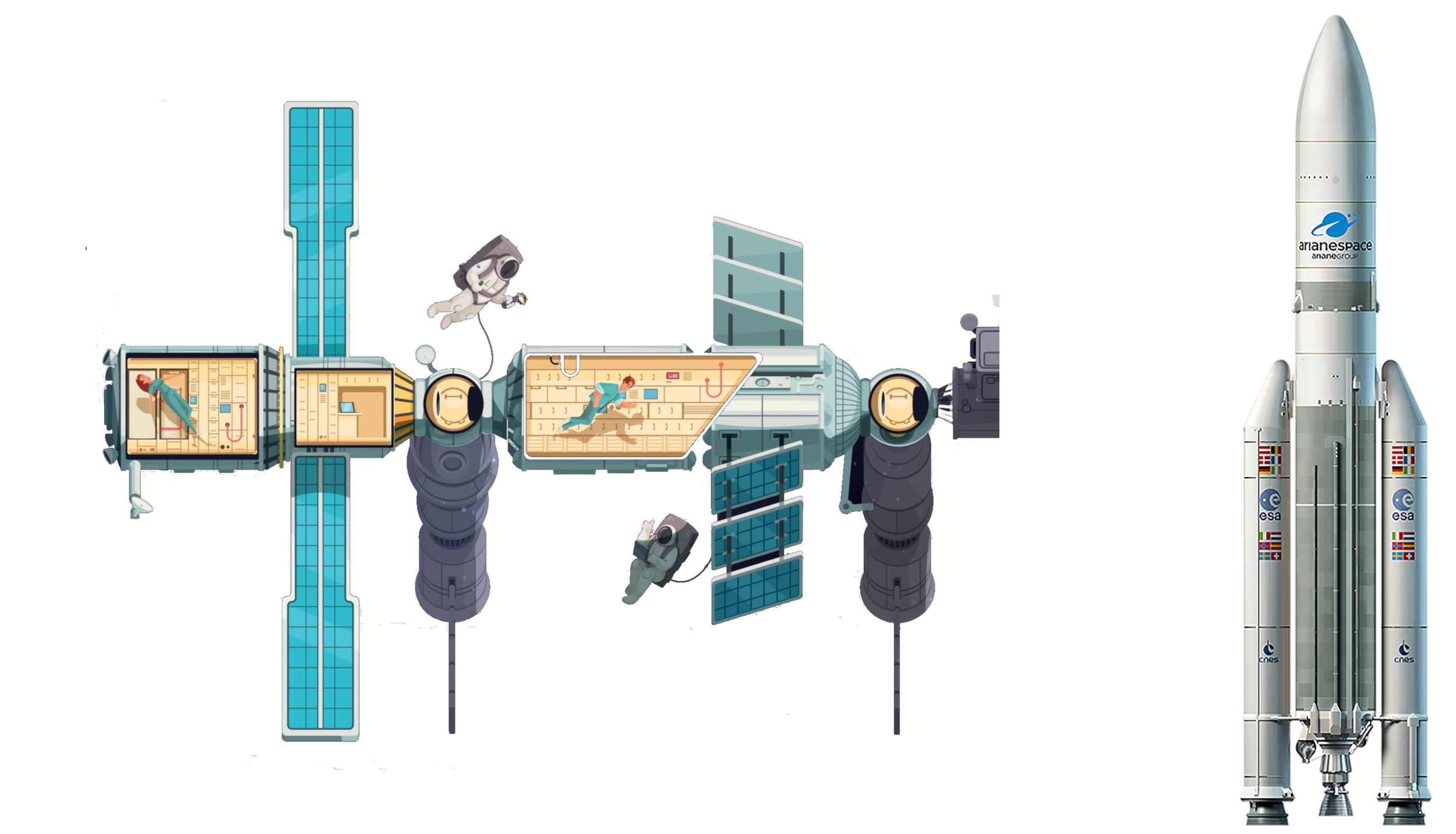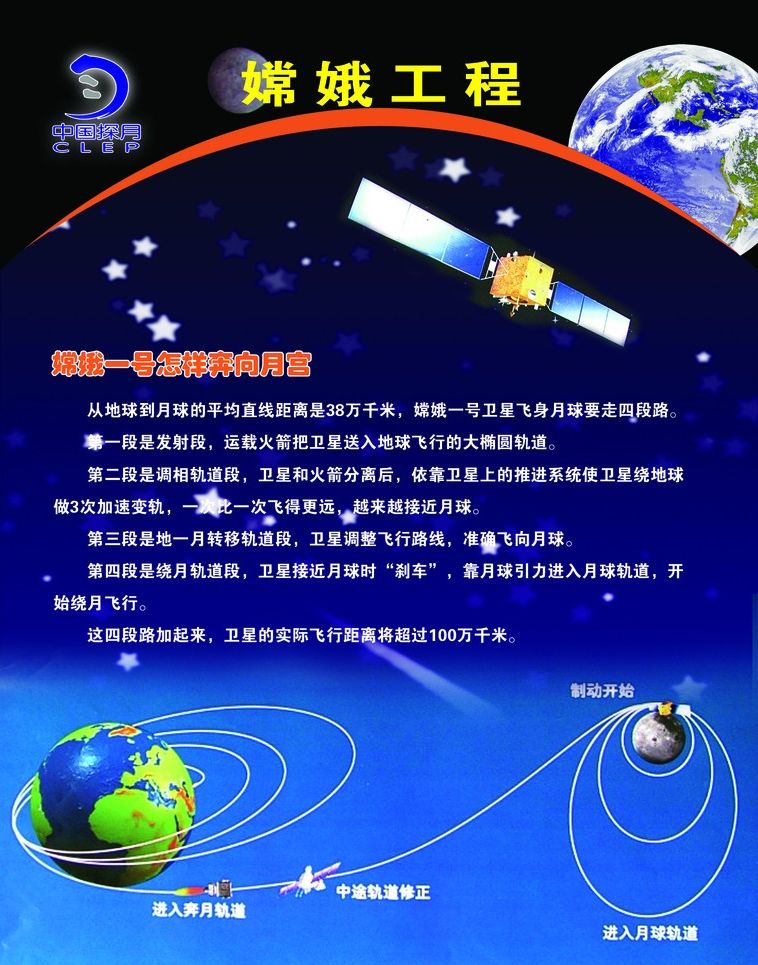Die Raumfahrt der Volksrepublik China steht unter staatlicher Kontrolle und wird von der Weltraumbehörde China National Space Administration (CNSA) koordiniert.
Leistungsfähige Höhenforschungsraketen wurden ab 1960 gestartet, der erste chinesische Erdsatellit im April 1970. Weitere Höhepunkte waren 1990 der erste Kommunikationssatellit AsiaSat-1 und 2003 die ersten Taikonauten. Das Mondprogramm begann 2007 mit einem Orbiter und sieht um 2014 die Absetzung eines Mondrovers und Gesteinsanalysen vor.
This image, video or audio may be copyrighted. It is used for educational purposes only. If you find it, please notify us by
and we will remove it immediately.
This image, video or audio may be copyrighted. It is used for educational purposes only. If you find it, please notify us by
and we will remove it immediately.
Tiangong 1 (chinesisch 天宫一号 für „Himmlischer Palast 1“) ist der Name der ersten provisorischen chinesischen Weltraumstation, die derzeit im Rahmen des gleichnamigen Programms von der
CNSA entwickelt wird. Tiangong 1 soll als
Raumlabor im
Shenzhou-Programm genutzt werden und zur Erforschung von Kopplungsmanövern und Langzeitaufenthalten von Raumfahrern dienen. Der Start an Bord einer Trägerrakete
Langer Marsch 2F ist derzeit für 2011 geplant.
[1] This image, video or audio may be copyrighted. It is used for educational purposes only. If you find it, please notify us by
and we will remove it immediately.
This image, video or audio may be copyrighted. It is used for educational purposes only. If you find it, please notify us by
and we will remove it immediately.
This image, video or audio may be copyrighted. It is used for educational purposes only. If you find it, please notify us by
and we will remove it immediately.
This image, video or audio may be copyrighted. It is used for educational purposes only. If you find it, please notify us by
and we will remove it immediately.











 Science and technology
Science and technology





